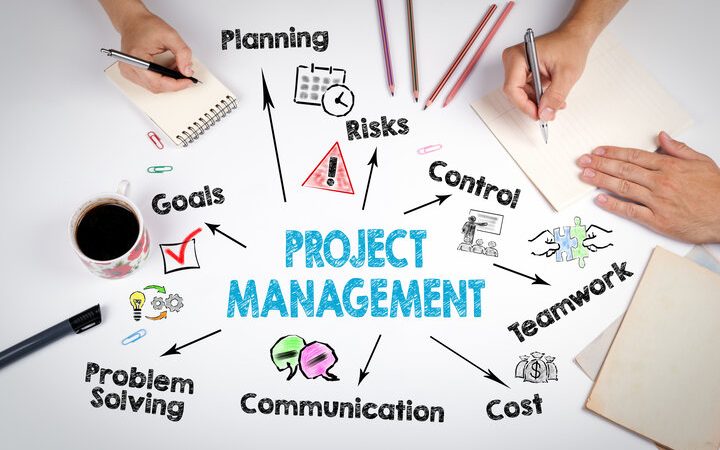What is a unique selling proposition (USP)? Explain

It is usually either directly overlooked, or managed without being fully aware of the limits that shape it and allow it to be strategically adjusted. The USP or ” Unique Selling Points “, however, are an integral part of any marketing strategy.
Whether you are aware of it or not. These differential values have become key elements for companies operating in the competitive digital market. Ignoring them, in most cases leads to commercial indifference.
Table of Contents
Sell reality
The idea has transcended to the present day and today all companies try to scrutinize their own products in search of these claims associated with real and differential benefits.
Today the concept of USP has been open to anything that needs to separate itself from the competition: a product or service, for also an entire company, a promotion, or even an internal human resources policy.
They are especially important in the launch of new products within saturated segments, or in internationalization processes where the connection between the brand and the new audience is very fragile.
What sets you apart from the competition?
It must provide a definitive purchase reason that encourages the user to choose your brand over competitors in the same category. The tricky thing is to get there without stumbling along the way.
What a good USP should look like
Extracting the most prominent component of your product is not as simple as expressing the first thing that comes to your mind. Commercial perception is very subjective and it is difficult to come up with an idea that harbors a certain consensus among consumers.
“ Therefore it is imperative to do everything possible so that people understand the most important benefit, to achieve credibility and to avoid distractions. The goal is for the greatest number of people to get out of an ad what the company intends to put in it ”.
- Prescriptive but defensible : it must be a risky position that goes beyond generic certainties and is clothed with absolute certainty.
- Focused on relevant characteristics : the “u” in “USP” refers to the authenticity of the value that is being revealed. ” It won’t do any good if your target audience doesn’t really value it .”
- More than a slogan : the promotional synthesis should serve to communicate the USP but not to substantiate it.empty words are not anchored to the values of the proposal.
Following these premises, it is common to find companies that confuse an attractive message with a USP. Yes, the latter must be interesting for the public, but also unique and real.
A 2X1, temporary discounts, or attractive return policies are not USP because they can be found in any brand and therefore do not provide a decisive differentiation.
In essence, if it can be copied, it is not a USP; And if you already had a Unique Selling Point and the competition replicates it, it will lose its most important condition.
The “abc” of all USP: how to find your own?
Although there are divergences and many different methodologies, practically all USPs are made up of three main elements: product quality, characteristics, and price. They are the legs that act as indicators to guide the communication of the proposal.
- Quality : the perceived is more important than the real one. At the end of the day it will be the one that users will take into account when choosing the product. ” For this, it is essential to know the expectations of your audience, ” they highlight from the GoDaddy platform.
- Characteristics : for the USP to work, it must have arguments that the client can grasp to carry out checks. It is the component of reality that will provide the credibility of the message, and the only one that, worth the redundancy, can be “unique”.
- Price : being a low-cost or premium brand is also a differential value. In some sectors, in fact, the scarce margin to differentiate the product by way of the characteristics induces price wars at the hands of leading brands.
Getting to all of these sections involves asking yourself substantial questions. What is the product that I sell? What do you offer to customers? Does it solve any of your problems or not? With this, you can define the characteristics that make it different.
On many occasions, companies realize that they have a wrong business model and that they are not managing to offer any kind of value to the market. It is, however, a fundamental first step.
Study and contrast
Once the value proposition to defend has been identified, it is time to contextualize it. On this front, all the sociological study tools and the most recurrent sources of market information are useful.
I have a unique product but is it better than the competition? Is it different from the rest of the services I offer? Does it positively influence the rest of my organization in any way? Shopify recommends the following:
- Make a list of your brands, categories and subcategories, everything : ” Be specific “, they entrust. ” Revolutionary products and compelling marketing messages are built on precision, solve the exact problem, and communicate that benefit to customers in their own words .” When you have them all, keep just one, or at most two (the BCG matrix can help you).
- Study the competition : identify the companies you compete against and what their USPs are. ” Look for gaps in which to introduce your brand in a differentiated way .” The same product from different brands can be positioned diametrically opposite.
- Align your conclusions with the target : it is useless to be different if your audience is not satisfied with the product. Although it is left last, the needs of the users should be the foundation of any USP.
- Take action : with the Unique Selling Point already cured, you are ready to start working. That is, to ” apply it in different areas of your business, from your brand name to your return policy .”
- Communicate and communicate again : use all the means you have at your disposal (traditional advertising media, social networks, marketing creatives or even SEO ). All this will build the differentiation.
Strategic positioning does not end once the initial objective has been achieved. The company must continue to update itself based on the feedback obtained from the different actions. A good way to do this is through A / B testing. That is, right and wrong.






